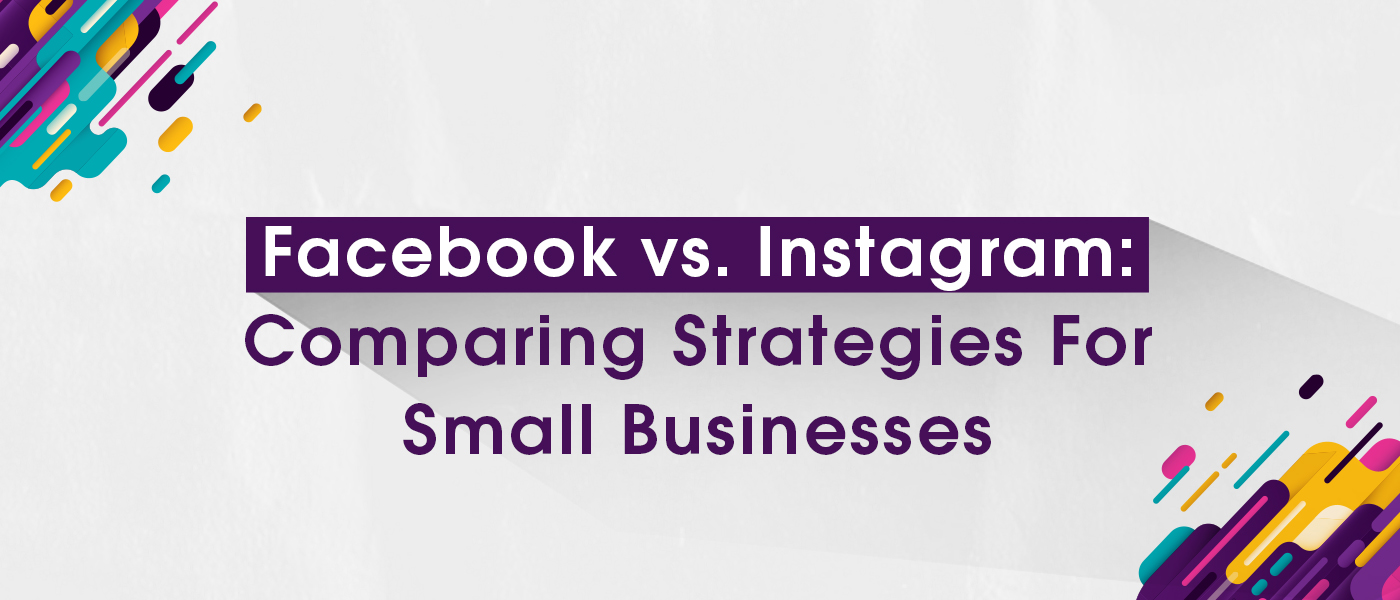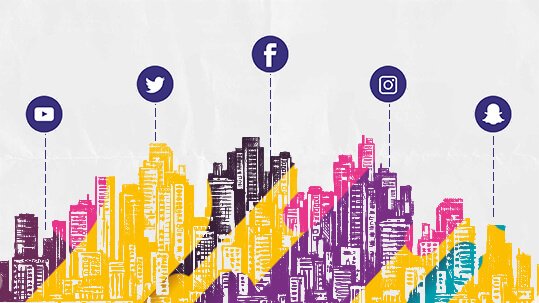Here’s a look at ways in which these two platforms can impact your business, so you can make a wise decision
Quantifying Consumer Reach
Facebook has been around much longer than Instagram and therefore has a larger user database than Instagram. Facebook is also more popular amongst the older folks whilst Instagram is more popular among the younger generation.
| Facebook Statistics | Instagram Statistics |
|---|---|
| 13 billion daily active users | 500 million monthly active users |
| 1.03 billion mobile daily active users | 300 million daily active users |
| 1.71 billion monthly active users | 4.2 billion likes daily |
| billion mobile monthly active users | Over 95 million photos/videos per day |
In the table above, Facebook has higher numbers. But Instagram has better statistics in engagement and content sharing. All in all, Facebook has more total users but Instagram also has a very strong following.
This may mean that they would work differently for different kinds of businesses. For instance, businesses that depend on a lot of visuals to advertise may find Instagram a bit more beneficial than Facebook.
Targeting consumers
Consumer targeting is necessary for every business in order to avoid loss of information or wrong communication. You need to know where your target audience is based, their gender, interests, age, etc.
Facebook allows you to send the right message to a specific audience, as it has options to target by location, language, age, gender, and other demographics, and by psychographic behavior.
However, these targeting options are also available on Instagram.
So if your business is trying to reach a younger demographic, Instagram is the better platform to use. But with Facebook’s older generation users, businesses that use this platform have access to consumers who have higher income and higher spending power. And this is a major plus, depending on what you are selling.
Engaging consumers
Studies have shown that engagement with businesses on Instagram is 10 times higher than Facebook. And the average engagement per post has grown by 416 percent, compared to two years ago.
For instance, a particular post from Adidas was put on both its Facebook and Instagram account. Adidas’ Facebook account has 24 million likes while its Instagram account has 9.7 million followers.
The Instagram post had over 130,000 views versus Facebook’s 78,000 views. The post also has 154 comments on Instagram while Facebook was able to garner only 67 comments. This just shows that despite having a wider reach on Facebook, Instagram has the higher engagement.





